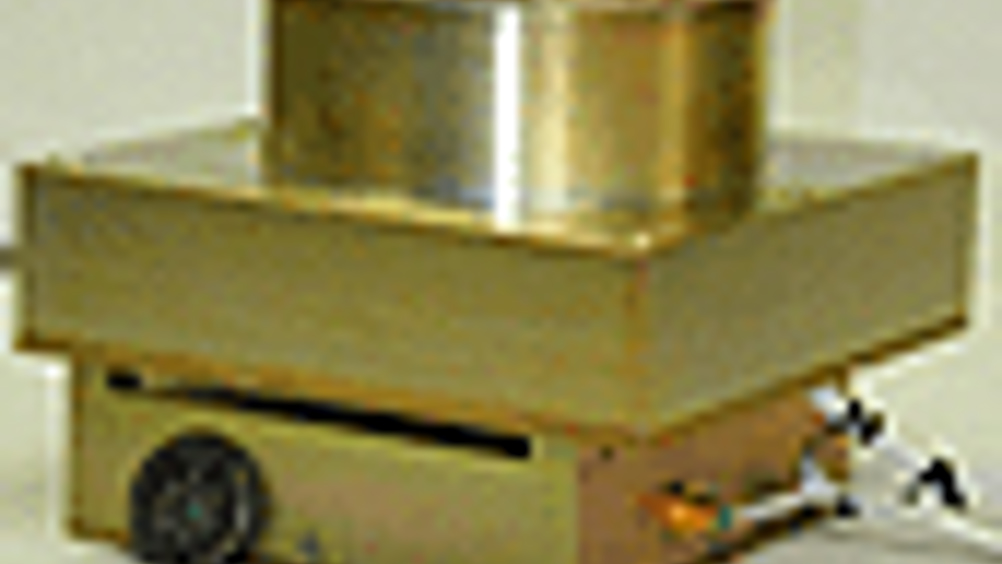FlaPS and WISPERS
Researchers in the US have developed a tiny analyser to study depletions of plasma in the ionosphere, a phenomenon that can disrupt satellite communications.

Researchers in the US have developed a tiny analyser to study depletions of plasma (known as plasma bubbles) in the ionosphere, a phenomenon that can disrupt satellite communications.
The Flat Plasma Spectrometer (FlaPS) is one of three experimental payloads onboard the US Air Force Academy’s Falconsat-3 microsatellite that launched recently on an Atlas V from Cape Canaveral Air Force Station, Florida. The six-month mission is demonstrating an improved technology to help the air force better understand and forecast plasma bubbles.
Conceived by NASA Goddard Space Flight Center and the Air Force Academy, and designed and fabricated by Johns Hopkins University Applied Physics Laboratory (APL), FlaPS reduces a plasma spectrometer from the size of a coffee urn to that of a teacup.
‘We’ve aggressively miniaturised the instrument by applying manufacturing techniques used in the micro-electronics world to build personal computer components,’ said Robert Osiander, APL’s principal investigator for the FlaPS program.
Register now to continue reading
Thanks for visiting The Engineer. You’ve now reached your monthly limit of news stories. Register for free to unlock unlimited access to all of our news coverage, as well as premium content including opinion, in-depth features and special reports.
Benefits of registering
-
In-depth insights and coverage of key emerging trends
-
Unrestricted access to special reports throughout the year
-
Daily technology news delivered straight to your inbox










BEAS funding available to help businesses cut energy costs
And not a moment too soon, if the following exchange broadcast last Friday 13th June, on the Radio 4 ´Rare Earth´ program (link below, ~ 17 minutes...